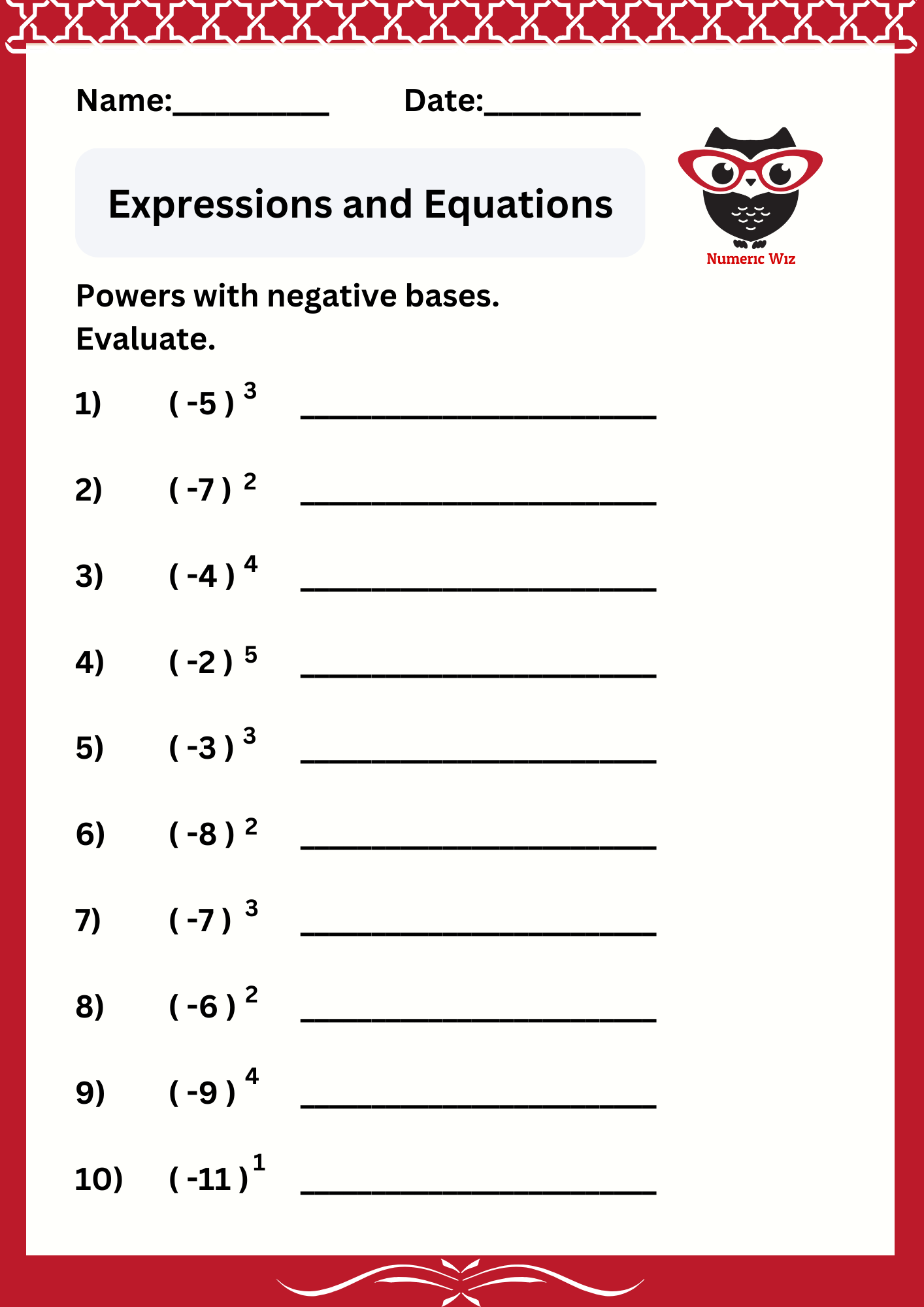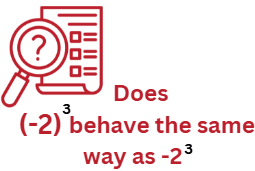
When we see numbers raised to exponents, we usually think of simple cases like
But what happens when the base is negative?


An exponent tells us how many times to multiply the base by itself.
Example:
![]()
Now, let’s introduce negative bases and see what changes.
If the base is negative and the exponent is even, the result is positive.
If the base is negative and the exponent is odd, the result is negative.
Examples:

Why?
Multiplying an even number of negatives cancels them out, but an odd number leaves one negative behind.
A negative sign outside the exponent means we apply it after solving the exponent.
Examples:

![]() . The parentheses matter!
. The parentheses matter!
 Electricity & Alternating Current (AC)
Electricity & Alternating Current (AC)
Electricity flows in both positive and negative directions—just like powers of negative numbers! AC voltage changes between positive and negative cycles, modeled using exponents.
 Temperature Changes
Temperature Changes
Extreme weather shifts can be represented using negative bases—think of dropping temperatures exponentially in cold regions.
 Finance & Investments
Finance & Investments
Stock markets fluctuate, and some financial models use negative exponents to represent losses or devaluation over time.
Mastering powers with negative bases helps us understand real-world patterns and make better calculations!
Let’s explore more and practice with the help of carefully designed worksheets at NumericWiz!
For a limited time
